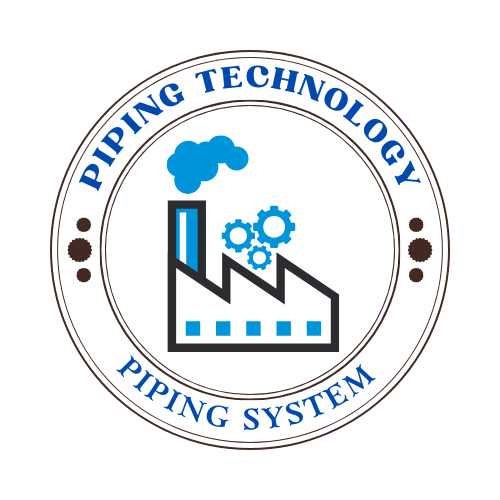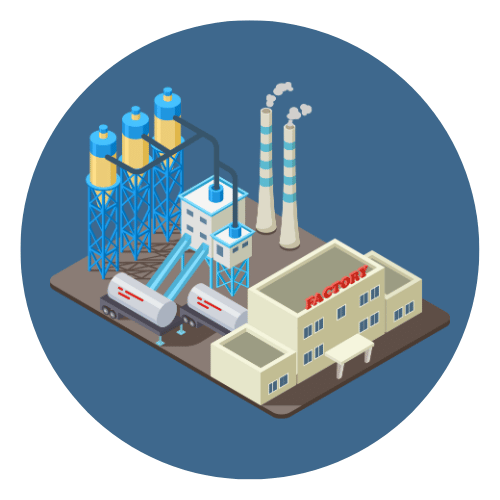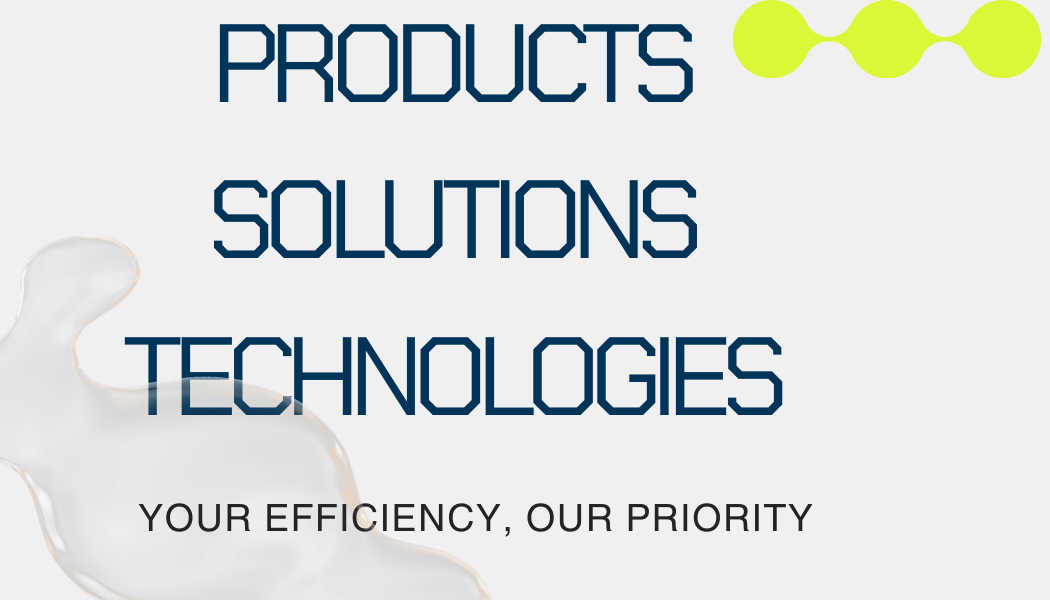Pressure sensors are essential devices used to measure and monitor pressure in various applications. From automotive systems to medical equipment, and from industrial processes to consumer electronics, these sensors play a vital role in ensuring accurate pressure readings, improving safety, and enhancing performance. They convert physical pressure into an electrical signal that can be processed and analyzed, making them invaluable tools in modern technology. As industries become more automated and demand higher precision, pressure sensors have evolved to meet these growing requirements, integrating into systems to provide real-time data and feedback. In this article, we will explore what pressure sensors are, their types, applications, and the future trends shaping this critical technology.
What is a Pressure Sensor? Pressure Sensors Working Principle
Contents
- 1 I. What is a Pressure Sensor?
- 2 II. Types of Pressure Sensors
- 3 III. How Pressure Sensors Work
- 4 IV.Common Applications of Pressure Sensors
- 5 V. Key Specifications to Consider for Pressure Sensors
- 5.0.1 1. Pressure Range
- 5.0.2 2. Accuracy
- 5.0.3 3. Resolution
- 5.0.4 4. Response Time
- 5.0.5 5. Output Signal
- 5.0.6 6. Temperature Range
- 5.0.7 7. Overpressure Rating
- 5.0.8 8. Long-Term Stability
- 5.0.9 9. Environmental Protection (IP Rating)
- 5.0.10 10. Size and Form Factor
- 5.0.11 11. Power Consumption
- 5.0.12 12. Material Compatibility
- 6 VI. Advantages of Using Pressure Sensors
- 6.0.1 1. Accurate and Reliable Measurements
- 6.0.2 2. Real-Time Monitoring
- 6.0.3 3. Improved Safety
- 6.0.4 4. Automation and Efficiency
- 6.0.5 5. Versatility Across Industries
- 6.0.6 6. Compact Size and Easy Integration
- 6.0.7 7. Cost-Effective
- 6.0.8 8. Low Power Consumption
- 6.0.9 9. Early Detection of System Failures
- 6.0.10 10. Customization Options
- 6.0.11 11. Enhancement of Product Performance
- 6.0.12 12. Data Logging and Analysis
- 7 Conclusion

Contents1 I. What is Air Compressor Pressure Switch?1.1 Key Components of an Air Compressor Pressure Switch:2 II. How Air Compressor Pressure Switches Work2.1 Basic Mechanism2.2 Operation Cycle2.3 Illustration of a Typical Pressure Switch2.4 Safety and Efficiency3 III. Types of Air Compressor Pressure Switches3.1 1. Mechanical Pressure Switches3.2 2. Digital Pressure Switches3.3 3. Condor Pressure Switches3.4 […]

Contents1 I. What is Shrink Tubing?2 II. Components of Shrink Tubing3 III. Shrink Tubing Dimensions3.1 Shrink Ratio Example:3.2 Selecting Shrink Tubing Dimensions4 IV. What is Shrink Tubing Used For?5 V.Specialized Uses of Shrink Tubing6 VI. Types of Shrink Tubing7 VII. How to Apply Shrink Tubing7.0.1 1. Select the Correct Shrink Tubing7.0.2 2. Prepare the Area7.0.3 […]

Contents1 I. What is a Residual Current Device (RCD)?2 II. Introduction to Type A RCD3 III. How Does a Type A RCD Work?4 IV. Benefits of Using a Type A RCD4.0.1 1. Protection Against Both AC and Pulsating DC Currents4.0.2 2. Enhanced Safety in Modern Electrical Systems4.0.3 3. Compliance with Modern Electrical Standards4.0.4 4. Increased […]

Contents1 I. What is a Cable Gland?2 II. Types of Cable Glands2.0.1 1. Metallic Cable Glands2.0.2 2. Non-metallic Cable Glands2.0.3 3. Explosive Environment Cable Glands (Ex-rated)2.0.4 4. EMC Cable Glands (Electromagnetic Compatibility)2.0.5 5. Single Compression Cable Glands2.0.6 6. Double Compression Cable Glands2.0.7 7. Armored Cable Glands2.0.8 8. Unarmored Cable Glands2.0.9 9. Waterproof Cable Glands2.0.10 10. […]

Contents1 I. What is a Mini Circuit Breaker (MCB)?2 II. Working Principle of Mini Circuit Breaker (MCB)2.0.1 1. Thermal Protection (Overload Condition)2.0.2 2. Magnetic Protection (Short Circuit Condition)2.0.3 Tripping Mechanism3 III. Types of Mini Circuit Breakers (MCBs)3.0.1 1. Based on Pole Configuration3.0.2 2. Based on Tripping Characteristics (Curve Types)3.0.3 Other Specialized MCB Types4 IV. Advantages […]

Contents1 I. What is a Loop Detector?1.1 How Loop Detectors Work:1.2 Benefits of Loop Detectors:2 II. Overview of Loop Detector Technology3 III. 6 Key Factors Affecting Loop Detector Lifespan3.0.1 1. Quality of Materials3.0.2 2. Installation Quality3.0.3 3. Environmental Conditions3.0.4 4. Frequency and Type of Use3.0.5 5. Maintenance and Monitoring3.0.6 6. Traffic and Roadway Conditions4 IV. […]

Contents0.0.0.1 1 I. What is a digital timer ?1.1 Key Characteristics of a Digital Timer:2 II. How a Digital Timer Works2.0.1 1. Power Source2.0.2 2. Microcontroller2.0.3 3. Oscillator2.0.4 4. Timing Circuit2.0.5 5. User Interface2.0.6 6. Display2.0.7 7. Alarm/Alert System2.0.8 8. Additional Features2.0.9 9. Resetting3 III. Key Features of a Digital Timer3.0.1 1. Digital Display3.0.2 2. […]

Contents1 I. What are electrical conduit fittings ?2 II. Types of Electrical Conduit Fittings2.0.1 1. Couplings2.0.2 2. Elbows2.0.3 3. Connectors2.0.4 4. Bushings2.0.5 5. Locknuts2.0.6 6. Straps and Hangers2.0.7 7. Boxes and Covers2.0.8 8. Expansion Fittings3 III. Material Considerations for Electrical Conduit Fittings3.1 1. Compatibility with Conduit Material3.2 2. Corrosion Resistance3.3 3. Durability and Strength3.4 4. […]

Contents0.0.0.1 1 I. What are exit and emergency lights ?1.1 Exit Lights1.2 Emergency Lights1.3 Key Features and Functions2 II. Types of Exit & Emergency Lights2.1 1. Types of Exit Lights3 2. Types of Emergency Lights3.1 Summary4 III. Components of Exit & Emergency Lights4.0.1 1. Lighting Elements4.0.2 2. Power Sources4.0.3 3. Control Systems4.0.4 4. Indicators and […]

Contents1 I. Introduction1.0.1 A. Definition of Busbar1.0.2 B. Importance in Electrical Systems2 II. What is a Busbar ?2.0.1 A. Origins of Busbars2.0.2 B. Evolution in Materials and Design2.0.3 C. Modern Innovations3 III. Types of Busbars3.1 A. Copper Busbars3.2 B. Aluminum Busbars3.3 C. Insulated Busbars3.4 D. Laminated Busbars3.5 E. Flexible Busbars3.6 F. High-Voltage Busbars3.7 IV. Design […]


 Automation System
Automation System  Energy Engineeing
Energy Engineeing  Instrumentation System
Instrumentation System  Mechanical Engineeing
Mechanical Engineeing  Piping Technologies
Piping Technologies  Transportations
Transportations  Manufacturing
Manufacturing  Training Material
Training Material 



